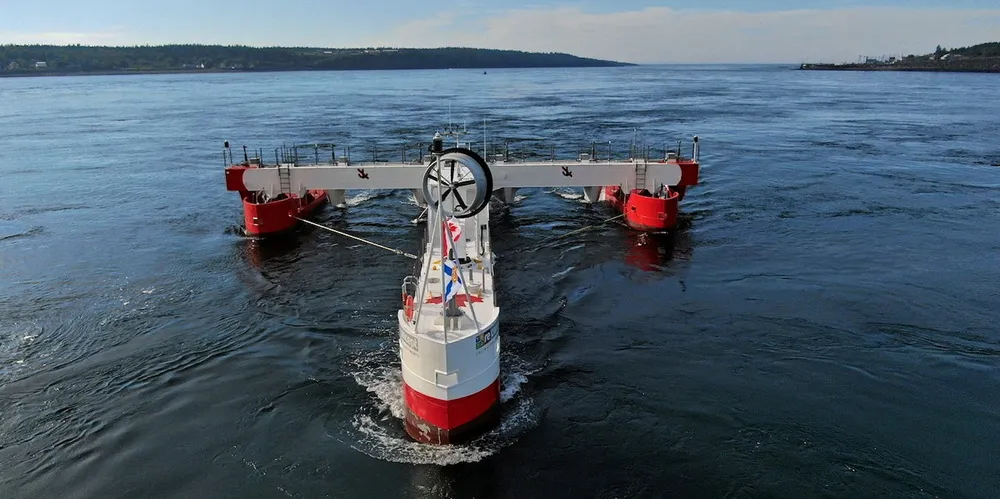'Everest of tidal energy' | Power flows to grid from pioneering marine project off Canada
Switch-on of cross-shaped, multi-turbine design installed last year in the Grand Passage in the Bay of Fundy is country's first-ever in-stream energy device

Switch-on of cross-shaped, multi-turbine design installed last year in the Grand Passage in the Bay of Fundy is country's first-ever in-stream energy device
